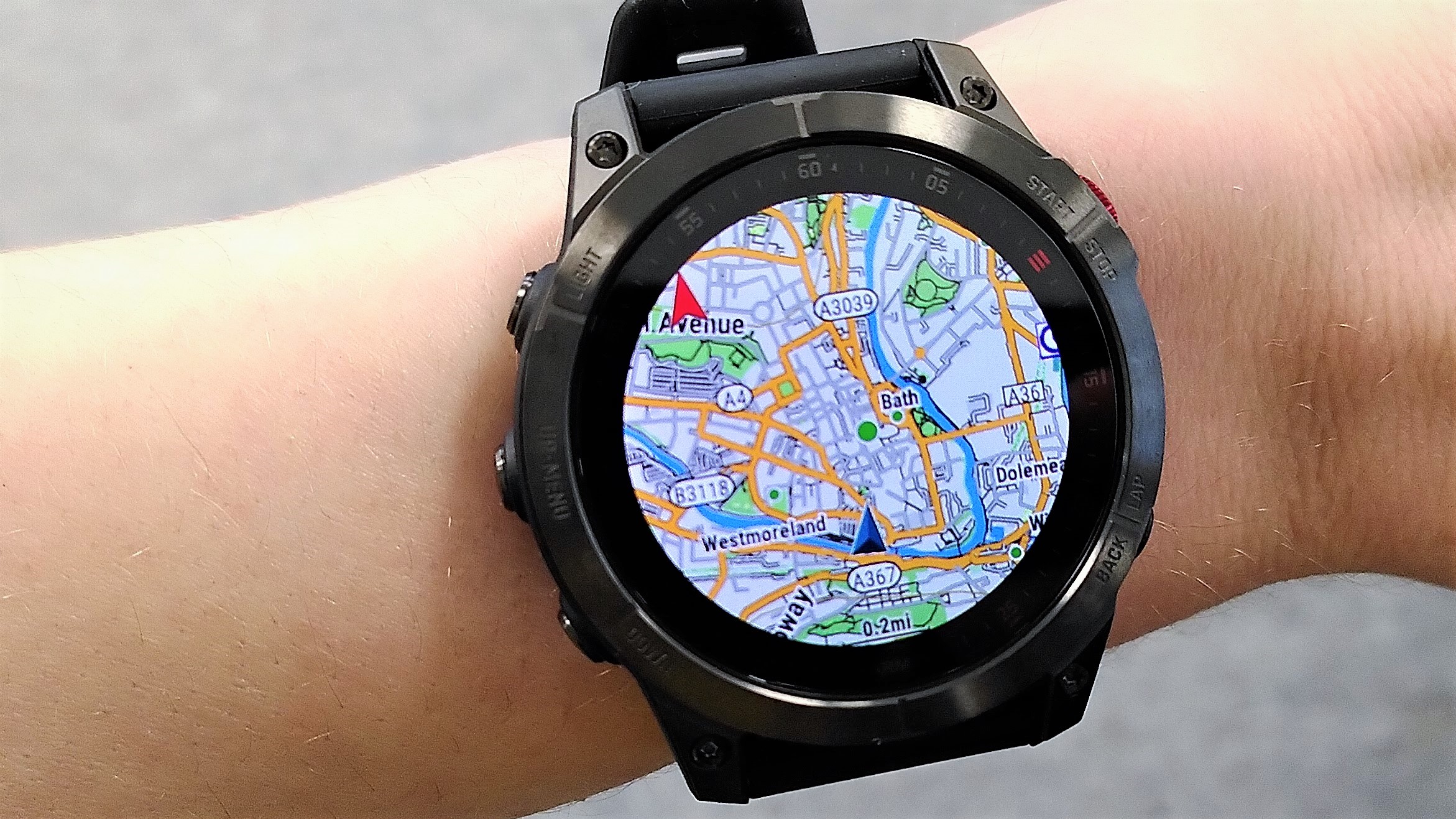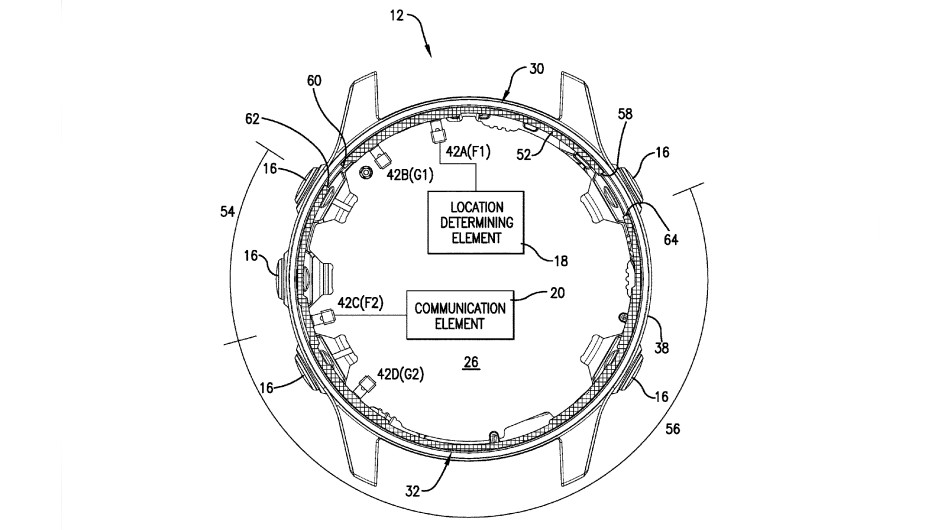
A newly published patent has revealed a small hardware tweak that could make Garmin's next running watch its most accurate to date when it comes to location tracking and navigation.
Garmin made its name in satellite navigation - in fact, the company was originally known as ProNav before adopting its current name. However, building global positioning systems into a watch is particularly challenging due to the tiny space available, and it's only getting trickier as case sizes shrink.
The patent, published by the US Patent and Trademark Office on April 28, spells out this problem in detail. It describes how a sports watch needs at least two separate aerials to receive and transmit signals simultaneously, and possibly more for different communication protocols (such as GPS, Galileo, and GLONASS). Having these too close together can cause interference, thereby reducing accuracy.
"Often, a smaller [watch] housing is more desirable than a large housing," the patent explains. "Therefore, it is a challenge to separate and reduce coupling between the antennas and the electronic circuitry while minimizing the size of the device housing.
"Furthermore, the performance of two or more antennas may be affected adversely when the antennas operate at similar frequencies and are positioned close together. Thus, it is an additional challenge to space the antennas apart from each other within the constraints of the housing and the bezel."
Solving the space problem
Several of the aerials inside the watch have 'arms', which have open ends that need to be a certain distance apart to avoid interference. To solve this problem, the patent describes how the various antennas (which sit inside cavities in the watch's bezel) could be precisely positioned to maximize the distance between them.

Positioning the aerials in this way, Garmin claims, could reduce interference and significantly increase their gain (ie efficiency) without having to resort to using a larger case. The overall result? A small, but highly accurate GPS watch.
Get daily insight, inspiration and deals in your inbox
Sign up for breaking news, reviews, opinion, top tech deals, and more.
What else is on the way
There could be other big improvements on the way for Garmin's next generation of sports watches. Other recently published patents have described ways that Garmin's engineers could create a super-bright OLED watch with extra long battery life by positioning bands of photovoltaic cells in between sub-pixels.
This would eliminate the need for a layer of photovoltaic film over the watch's lens, which is the method currently used by Garmin's solar memory-in-pixel watches, but would obscure an OLED display.
Of course, a patent is no guarantee that either technology will appear in a finished consumer watch, but we've got our fingers firmly crossed.

Cat is TechRadar's Homes Editor specializing in kitchen appliances and smart home technology. She's been a tech journalist for 15 years, having worked on print magazines including PC Plus and PC Format, and is a Speciality Coffee Association (SCA) certified barista. Whether you want to invest in some smart lights or pick up a new espresso machine, she's the right person to help.